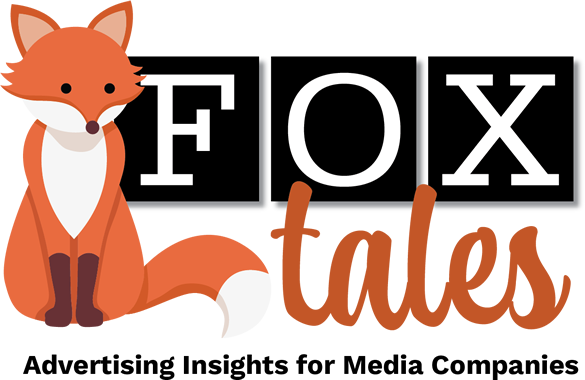The web as we have known it for three decades is on its way out. The internet itself will endure. That’s the conclusion of our industry associate AnnMarie Wills, CEO and co-founder of the data-optimization firm Leverage Lab.
In a recent guest article in Adexchanger, Wills said the whole system of interconnected hyperlinks, invented in 1989 by the English computer scientist Tim Berners-Lee, is “being systematically dismantled by the very companies that built it.” That is, the network of search-based content origination, with its accompanying advertising support, is disappearing. The global digital ad market is currently an estimated $790 billion, according to Statista.

AnnMarie Wills.
This dismantling is something we all experience every day, as our web searches produce results as AI-generated summaries. In many cases, most users are finding, the AI answer is suitable, with no need to click through to a separate source webpage. This, of course, is potentially catastrophic to media brands, as search-based traffic can range from 50% of total traffic to as much as 93%, depending on the definition and the subject of the search.
(I got this data from an AI summary, which I clicked through on, just to check.)
AI summaries for search queries, Wills noted, have more than doubled in 10 months, and now surpass 50% of total searches.
“The AI Armageddon is here for online news publishers,” The Wall Street Journal said earlier this month.
So what should media operators do to protect themselves. According to Wills, there are three essential strategies. They include:
- Adopt an audience-first strategy
“As publishers lose search traffic, they must monetize owned audiences instead of rented traffic,” Wills says in the Adexchanger article. “This means transitioning from a traffic-dependent to an audience-first business model.
The trick here is to build connections with your audiences. You eschew a model based on anonymous pageviews and instead use interactive content, newsletters, and more to emphasize community.
-
- You can drive first-party data interactions based on progressive user profiling and gated content to gradually learn more about each reader’s interests and professional needs.
- You should emphasize lifetime value. Known subscribers get a premium experiences aimed at conversion to paid services.
- It’s essential as well to recognize the same reader whether they’re engaging on mobile, attending virtual events on their laptop, or downloading resources from their office desktop to build complete relationship profiles, Wills says. This recognizes that sustainable revenue comes from deep relationships with readers.
- Become an irreplaceable brand voice
Successful publishers will focus on creating compelling, return-worthy content, Wills says. Distinctive voices, unique insights and exclusive access to content gives readers specific reasons to come back to your platform. “When a brand becomes irreplaceable, you don’t compete for attention, attention comes to you,” Wills wrote in the article. Evolve from a traffic destination into a trusted relationship.
- Build the AI content supply chain
Publishers should position themselves as premium suppliers to AI platforms through wholesale content licensing, Wills stated, echoing an approach that initially was viewed as anathema by content producers but has shifted markedly in recent months. This, Wills says, requires serving dual audiences. AI agents require structured data they can easily consume and cite. But what makes content discoverable by AI crawlers isn’t what creates compelling experiences for humans. Publishers must master both. There are companies out there that are building technology analyzing AI chatbot outputs to identify which publisher sources were used. This enables creation of compensation frameworks. Publishers that establish themselves as trusted suppliers will benefit when these attribution systems mature.
The goal, according to Wills, isn’t to fight AI, it’s about becoming an essential part of the information supply chain for AI platforms.
